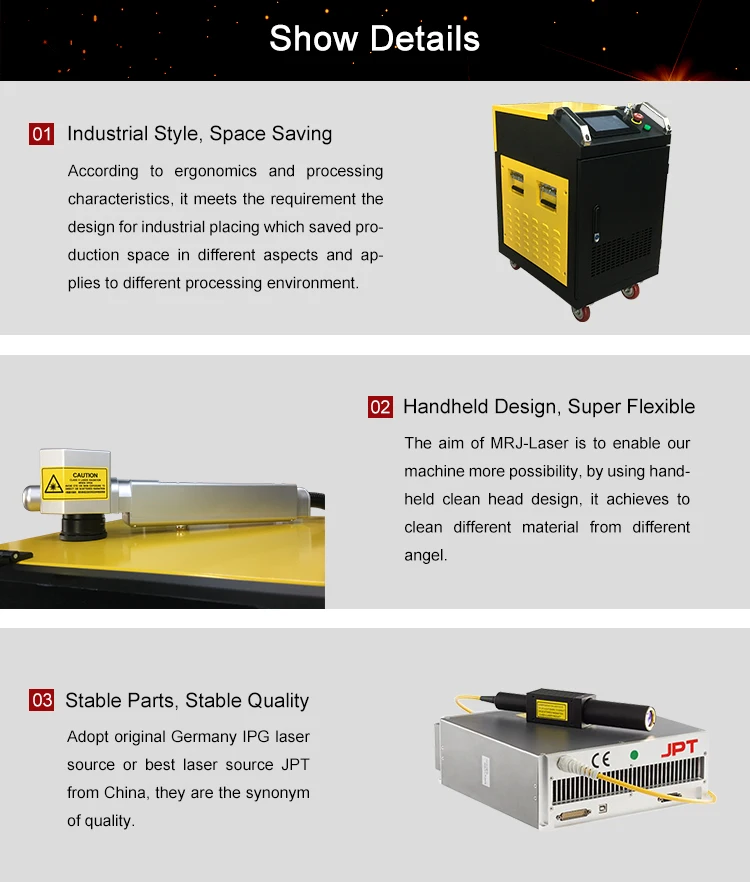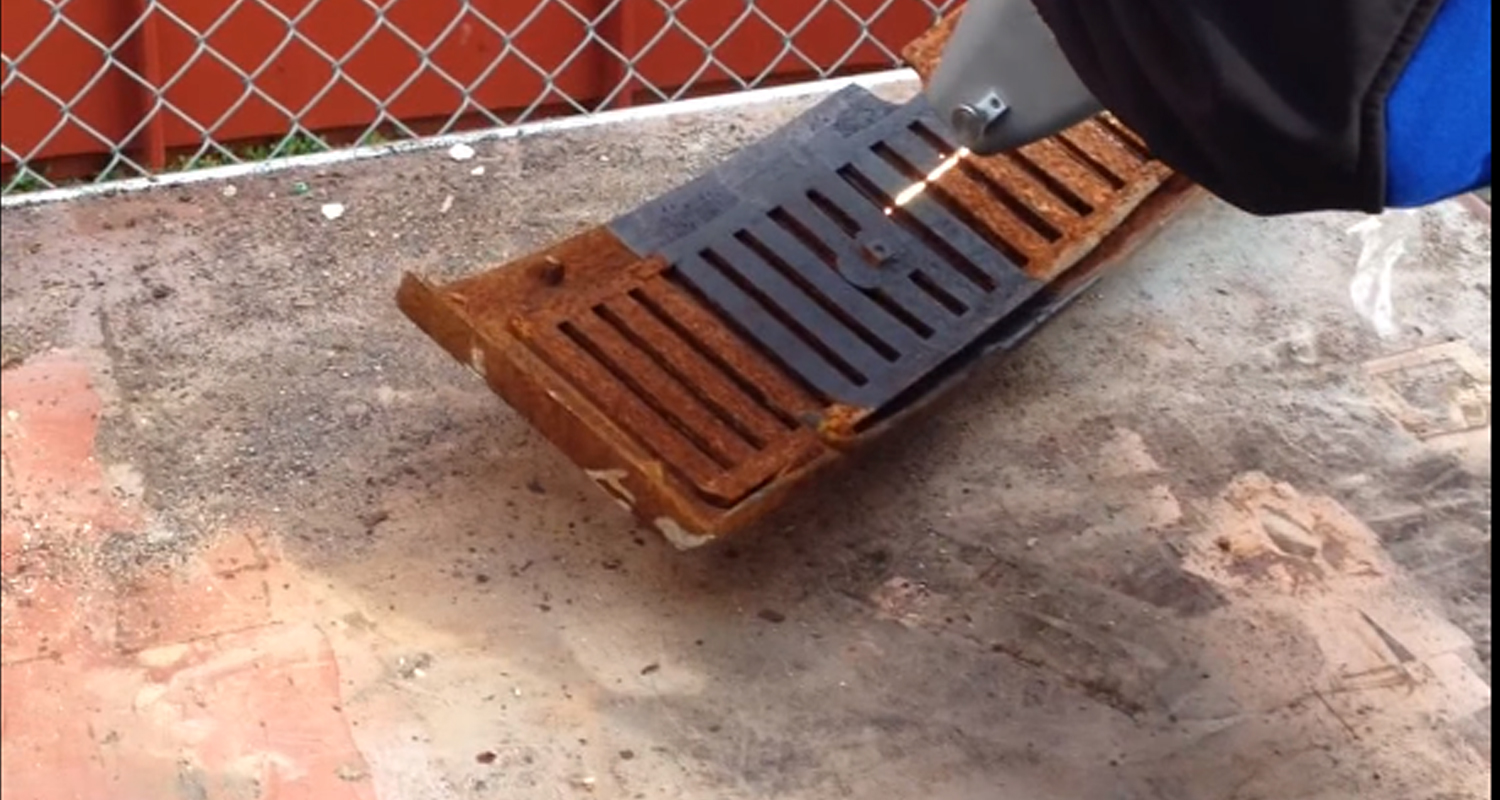

In this case, the laser cleaning technology work directly against most contaminants on the metal surface. The laser rust removal machine doesn’t affect the primary substrate. As a result, it ensures safety and reliability. In addition, many control buttons provide excellent user-friendly controlling features. However, a laser rust removal machine has all the necessary protective equipment. As a result, laser rust removal is completely safe and user-friendly. Besides, it doesn’t require any chemical use for the operation. The laser cleaning or laser rust removal process is a non-contact process. The following are the most common benefits of the laser rust removal machine. In addition, it provides the most precise and better results than any other method for cleaning rust. This technology can replace other traditional cleaning methods. Laser rust removal machine is so popular because of their wide range of benefits. Therefore, you don’t need to worry about cleaning cylindrical objects. It works on both regular and irregular surfaces. And then, the contaminants are removed from the surface and leave the metal, giving it a new look. When the laser beam hits the surface of the metal equipment, it usually breaks the bonds between the ablation layers and the metal surface. Later the machine reflects the laser on amplifying mirrors to produce the required energy. However, these laser beams travel through electrical discharges or lamps. These materials may include fiber, CO2, or UV. How does it work?Ī laser rust removal machine produces powerful laser beams from the stimulation of lasing materials. Besides, cleaning outdoor walls, electronic components, aircraft repainting, etc., are noteworthy examples. Moreover, laser cleaning machine is also famous for cleaning military weapons. As a result, the company can offer higher production and lower downtime. A laser rust removal machine plays a significant role in cleaning this equipment. However, in the food and medical industries, regular maintenance of the machine equipment is necessary. However, it is also popular in other mechanical workshops. Especially in the automotive sector, most repair shops require this technology.

It is a cost-effective and reliable rust removal method.Īpplication: Laser rust removal machine is prevalent in most repair workshops. You don’t need any additional protection for the laser cleaning machine. However, the laser rust removal machine offers a more straightforward way. Traditional rust removal methods require lots of protective equipment and blasting equipment. Therefore, the laser cleaning method is widely practiced in many industries to eliminate this issue. Rust gradually degrades a metal’s durability. It occurs due to the interaction between the metal surface and environmental conditions. Rust in metal is a common form of oxidation.

It ultimately cleans the projected area and gives it a new look. Laser rust removal is a laser cleaning or laser ablation process which quickly breaks the bonds between the substrate and the rust. At last, we will bring some of the most popular laser cleaners for your application. It will describe the fundamental parameters of choosing a laser rust removal machine. Keeping that importance in mind, we prepared this article presenting an excellent buying guid. However, most food and medical industries specialize in laser rust removal machines. As a result, laser cleaners are environmentally friendly and safe. On the other hand, the laser rust removal process doesn’t require any chemical use. Therefore, laser rust removal machine is so prevalent in most industries. In this case, the laser technology ensures the most effective and fastest cleaning solution. The laser rust removal process is a non-contact automated cleaning method. In this case, a laser rust removal machine is ideal for removing such contaminants. However, it is difficult to remove rust from metal using mechanical tools. And these contaminants gradually degrade the durability of the metal. Oil, rust, paints, or mold-release agents are hazardous contaminants for metal parts.


 0 kommentar(er)
0 kommentar(er)
